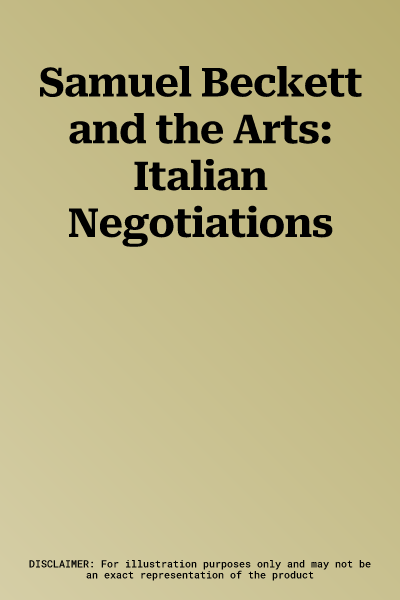Beckett's dialogue with the arts (music, painting, digital media) has
found a growing critical attention, from seminal comprehensive studies
(L. Oppenheim 2000; L. Harvey, 1967, to name just two) to more recent
contributions (Gontarski, ed., 2014; Lloyd, 2018). Research has
progressively moved from a general inquiry on Beckett beyond the
strictly literary to issues related to intermediality and embodiment
(Maude, 2009; Tajiri, 2007), post humanism and technology (Boulter,
2019; Kirushina, Adar, Nixon eds, 2021), intersections with popular
culture (Pattie and Stewart, eds., 2019). However, a specific analysis
on Beckett's relationship with Italian arts and poetry on one side - and
on Italian's artists response to the Beckett's oeuvre on the other - is
still missing. The volume offers an original examination of Beckett's
presence on contemporary Italian cultural scene, a stage where he became
(and still is) the fulcrum of some of the most significant
experimentations across different genres and media. The reader will look
at him as an 'Italian' artist, in constant dialogue with the most
significant modern European cultural turns.

